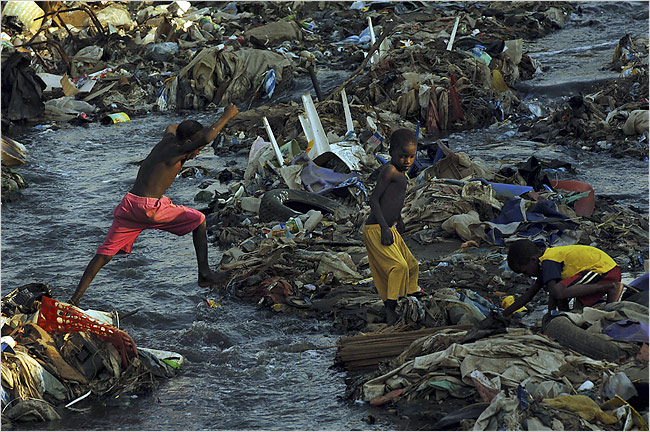There are no products in your shopping cart.
| 0 Items | £0.00 |


NIGERIA is expected to remain home to 12% of the planet's poorest people for at least the next year as the spread of the coronavirus pandemic looks set to create the worst economic recession in 80 years according to the World Bank.
According to a recent report just published by the World Bank, although global economic growth could rebound next year, the number of people living in extreme poverty is expected to remain unchanged. It added that three countries with the highest shares of the world’s extremely poor, are not expected to see any significant improvement in economic growth levels.
Nigeria has been singled out for particularly gloomy times ahead as her economy is expected to see negative growth of -08.%, while the population is expected to increase by 2.6%. Being a mono-economy whose government is more or less solely dependent on revenue from crude oil sales, Nigeria has also been hit by the collapse of petroleum prices.
At the moment, 24% of the world's extremely poor live in India, with Nigeria accounting for 12% and the Democratic Republic of Congo home to 7% of those living in extreme poverty. According to the World Bank, these economies are not projected to grow faster than their population, meaning that extreme poverty will remain at the elevated 2020 levels throughout 2021.
It is anticipated that the coronavirus pandemic could drive between 70m and 100m people into extreme poverty this year as the global economy faces its worst recession in 80 years. Before the pandemic, extreme poverty, defined as living on $1.90 per day or less, had been decreasing.
Globally, the World Bank expects growth to rebound by 4% in 2021 as economies recover from the devastating effects of coronavirus. However, Africa and South Asia are expected to be excluded from this growth as the economic effects of the pandemic looks set to hit them harder than elsewhere.
A World Bank spokesman said: “Nigeria, India and the Democratic Republic of Congo - three countries which we project are home to more than a third of the world’s poor - are predicted to have per-capita growth rates in real gross domestic product (GDP) of -0.8% percent, 2.1% and 0.3% respectively. With population growth rates of 2.6% 1% and 3.1%, this is hardly enough for sustainable decreases in the poverty headcount.”
More worryingly, the bank warned that South Asia may see a larger increase in the number of poor as a result of the Covid-19 pandemic, particularly in India. Of the 176m people expected to be pushed below the $3.20 per-day poverty line, two-thirds are in South Asia.